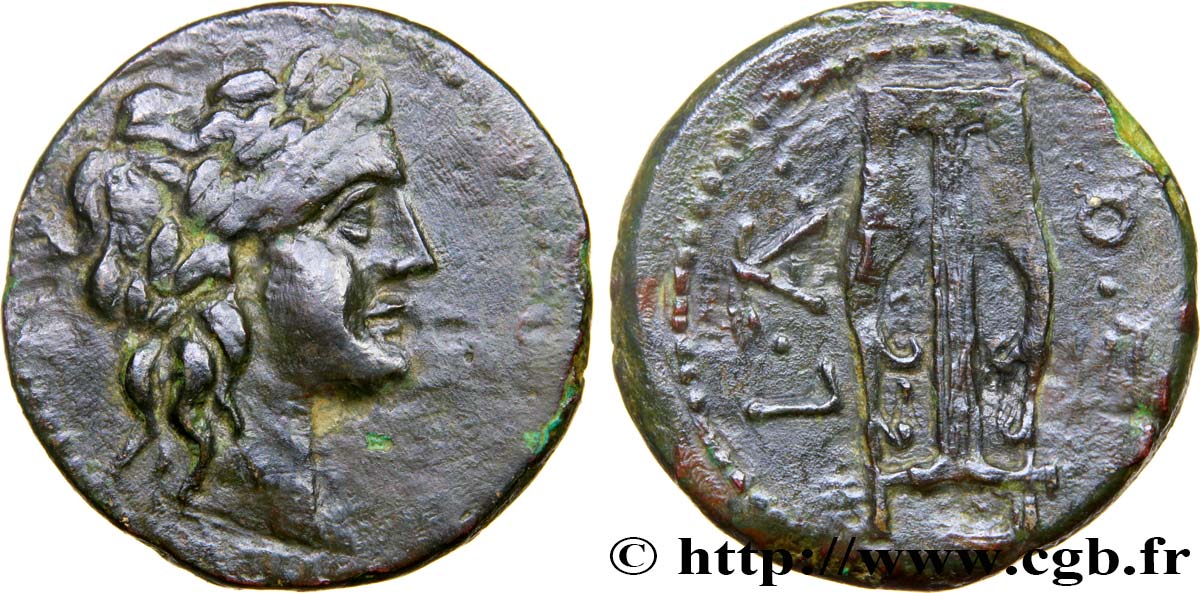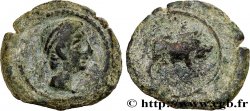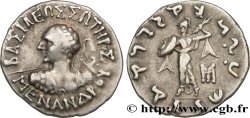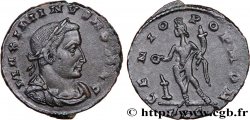Live auction - bgr_887644 - SICILY - SICULO-PUNIC - LILYBAION Hemilitron
You must signin and be an approved bidder to bid, LOGIN TO BID. Accounts are subject to approval and the approval process takes place within 48 hours. Do not wait until the day a sale closes to register. Clicking on "BID" constitutes acceptance of the terms of use of cgb.fr private live auctions.
Bids must be placed in whole Euro amounts only. The sale will start closing at the time stated on the item description; any bids received at the site after the closing time will not be executed. Transmission times may vary and bids could be rejected if you wait until the last second. For further information check the Live auction FAQ
All winning bids are subject to a 18% buyer’s fee.
All winning bids are subject to a 18% buyer’s fee.
| Estimate : | 750 € |
| Price : | 380 € |
| Maximum bid : | 380 € |
| End of the sale : | 24 September 2024 14:10:15 |
| bidders : | 1 bidder |
Type : Hemilitron
Date: c. 82-72 AC.
Mint name / Town : Lilybée, Sicile
Metal : copper
Diameter : 22 mm
Orientation dies : 6 h.
Weight : 7,01 g.
Rarity : R3
Coments on the condition:
Exemplaire sur un flan bien centré des deux côtés. Belle tête d’Apollon légèrement stylisée. Revers bien venu à la frappe. Jolie patine vert foncé
Catalogue references :
Obverse
Obverse legend : ANÉPIGRAPHE.
Obverse description : Tête laurée d’Apollon à droite, les cheveux longs tombant sur la nuque ; grènetis circulaire perlé.
Reverse
Reverse legend : L. (APV)./ (DEC.) Q.
Reverse description : Cithare à trois cordes ; grènetis circulaire perlé.
Reverse translation : “Lucius Apuleius Decimus Quæstor”, (Lucius Apuleius Décimus questeur).
Commentary
Ce type n’est représenté qu’en dessin dans l’ouvrage de O. Hoover (HGCS. 2/ 752). De la plus grande rareté.
This type is only represented in drawing in the work of O. Hoover (HGCS. 2/752). Of the greatest rarity
This type is only represented in drawing in the work of O. Hoover (HGCS. 2/752). Of the greatest rarity








 Report a mistake
Report a mistake Print the page
Print the page Share my selection
Share my selection Ask a question
Ask a question Consign / sell
Consign / sell










